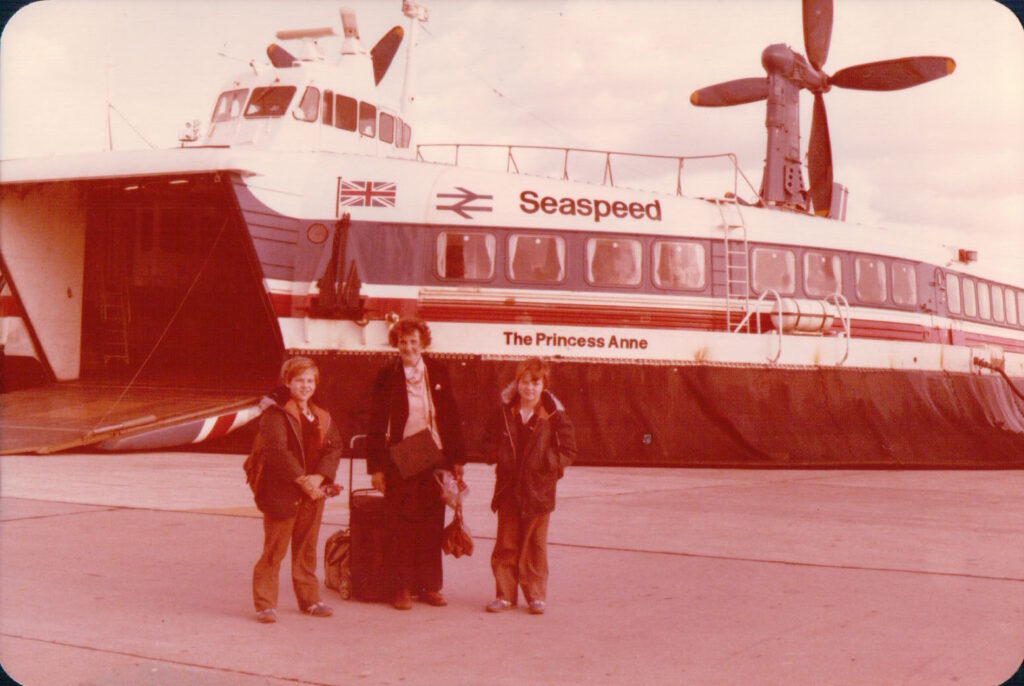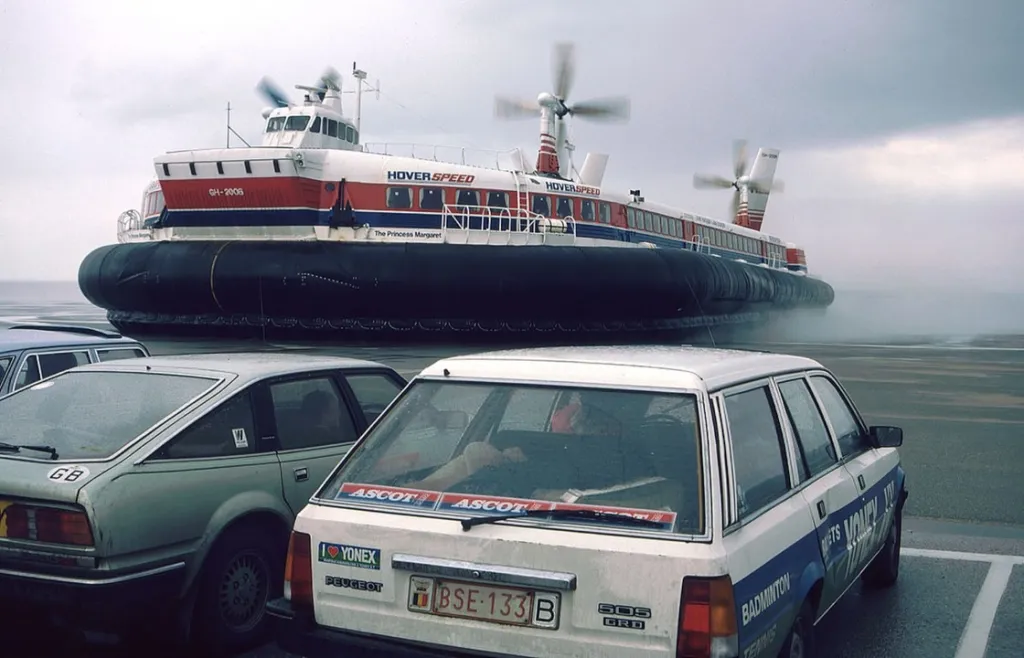The hovercraft service connecting Dover to Calais across the English Channel represents a unique and efficient mode of transportation, seamlessly blending the maritime and airborne realms. Operating as a passenger and vehicle ferry, the hovercraft provides a swift and exhilarating journey between the iconic white cliffs of Dover in England and the picturesque shores of Calais in France. This hovercraft service, known for its speed and versatility, has been a vital link between the two countries, facilitating swift cross-channel travel since the 1960s.
As passengers embark on this hovercraft journey, they experience the thrill of gliding effortlessly over the waters, propelled by powerful air cushions. The hovercraft’s ability to traverse both land and water without the need for traditional ports or runways adds to its appeal. The service offers a quick and direct connection, making it a popular choice for travelers seeking a rapid and unconventional means of reaching continental Europe. With its ability to smoothly transition between sea and land, the hovercraft provides a distinctive travel experience, allowing passengers to enjoy breathtaking views of the English Channel while appreciating the engineering marvel that is the hovercraft itself. The Dover to Calais hovercraft service stands as a testament to human innovation in transportation, offering a dynamic and memorable passage across one of the world’s busiest maritime routes.

A family trip to Boulogne with my brother, mother and the infamous shopping trolley bag. I’m the one to the right of the picture.
Author’s Notes
had the privilege of traveling by Hover Speed twice. The first occasion was a family trip to Boulogne via Calais, and the second time was during my first trip to Europe, when I went inter-railing. It’s possible that I used my inter-rail pass for the Hover Speed journey, as Hover Speed was linked to British Rail, as indicated by the logo in the photo.



